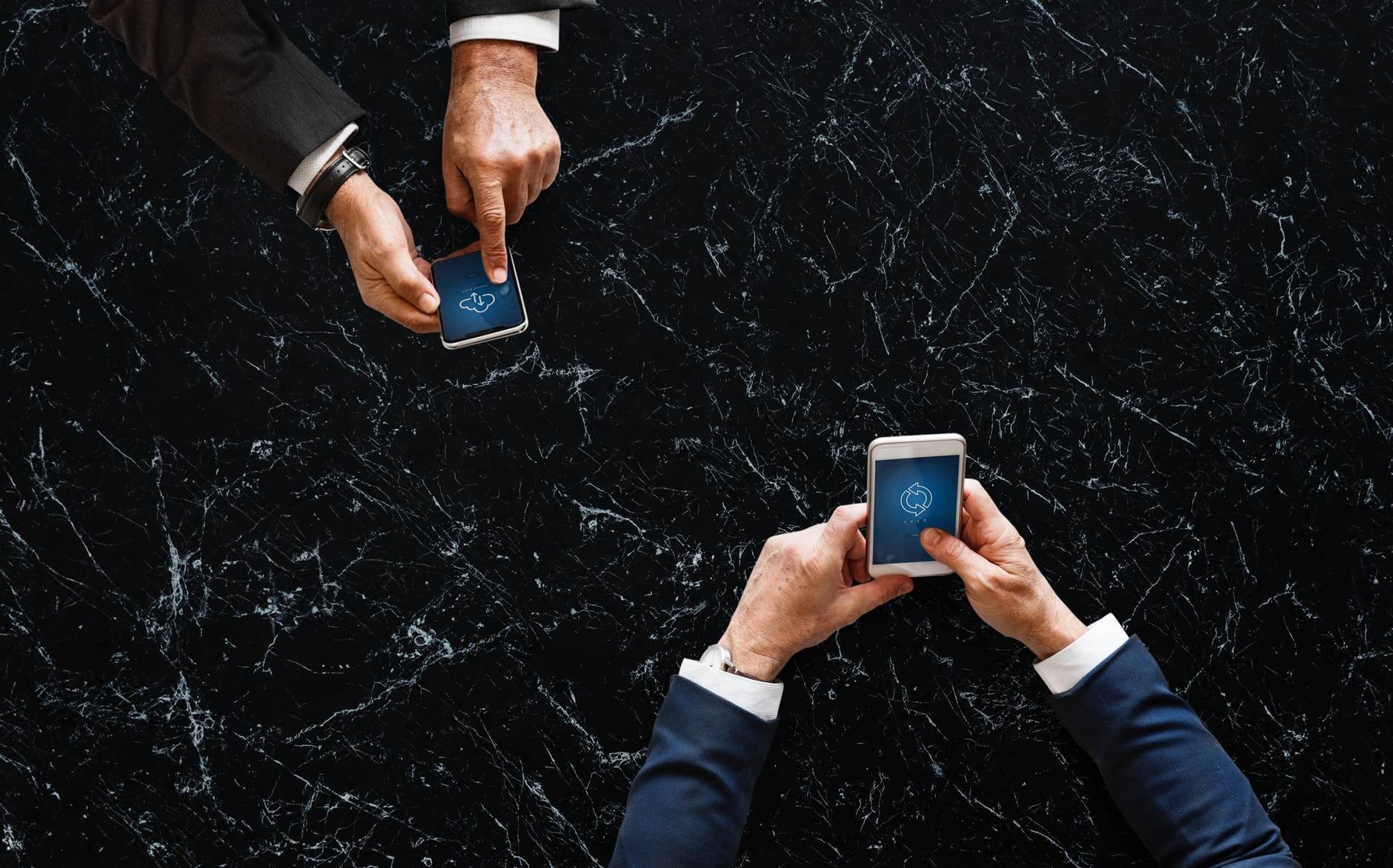
The world of internet is far and wide. Where there are beneficial corners, there are dark turns too. And it is precisely these virtual dangers that you need to stay protected from.
Why?
Because the shadowy areas of the internet host certain criminal-like entities which hide in plain sight, and scour the popular channels of the internet for weak links to victimize and blackmail. I’m not kidding.
Businesses, carrying out their operations online, know this only too well. That is why they secure their core data with layers upon layers of security. But the warning isn’t restricted to the commercial domain only.
Regular users, like you and I, need to be extra careful on the internet too.
Nearly everything in our lives is being carried out over a virtual network of sorts. Whether home automation or financial transactions. If you want to play this game of technological advancement and hyper-digital engagement, then you need to make your moves carefully.
Step into the future with cybersecurity right by your side.
Safeguard your private and confidential information from the clutches of the cybercriminals and ward off any signs of data vulnerability.
How can you do that?
By heeding to the easy data-security tips mentioned below. Check them out.
Use Two-Factor Authentication:
Passwords alone may not be able to save you in the long run, especially if the attacker is a particularly strong hacker. Take your online security on a whole other level by incorporating a two-factor authentication process. It works like this. Once it’s enabled, you’ll have to enter your complex password to access a site, PLUS a four-digit code that’ll be sent to you directly on your email or phone. Even if the hacker guesses your password, he/she can’t guess the combination of the code and will fail in the process. On that note, be sure to NOT save your passwords on your devices or online dashboards. Use those super-secure password-remembering apps instead.
Get Anti-Malware Protection:
In order to safeguard your devices and data from malware, you need to know what a malware is and how does it travel. It is an umbrella term used for all the ‘malicious’ software, including spyware, worms, computer viruses, and Trojan horses etc. which latch on to innocent-seeming files, emails, freeware and other downloadable stuff, and then infiltrate your device’s core with the intention of damage. How can you defeat it? By getting your hands on a good anti-malware/anti-virus program, which scans your device regularly for abnormal changes, and alerts you of suspicious links in the emails.
Carry out Data Back-Ups:
Always have a plan B. One of the best ways to protect your data is to ensure its recovery in case of a misfortune. How can you do that? By backing it up. So, if the information gets lost, stolen or compromised, you’ll have a perfect copy by your side which will cushion the blow. You can use a hard disk or venture for a greater option: cloud storage. Subscribe to a trustworthy cloud provider using your Time Warner internet or some such connection, and safely store your files.
Disable File and Media Sharing:
When you’re at home, you may find it incredibly easy to share files between the connected devices over your reliable home network. Sounds convenient. But when you’re outside the vicinity of a trusted network and using the open public Wi-Fi, then there’s no reason you should be roaming those dangerous waters with your file and media sharing option enabled. It’s really risky. So, go ahead and disable this option every time you step out.
Update Regularly:
New and improved changes are continuously being introduced by the creators and innovators of technological devices. These updates should not be ignored. Because they usually contain fixes for old bugs. Bugs which, unchecked, could turn into potential gateways for cybercriminals to exploit. That is why it is highly recommended by experts that you regularly update your devices, software and operating systems. Even better, automate them.
Encrypt your Information:
This might sound like a fancy word. One for the geeks. But it really is not. Encryption simply means converting your data into a complex code so that it is not accessed by unauthorized parties. You can encrypt your data using various openly available tools. If it’s email you’re trying to protect, then use the GPG plug-in, especially for Apple Mail. In the case of files, TrueCrypt can work wonders. Also, make sure that your network, your SIM card and your USB drives are encrypted, so that your stuff remains secure on multiple levels.
Delete your Traces:
Leave no loose ends when you’re done with your data. Deleting your information doesn’t necessarily mean that it’s truly erased. Traces of it are still left behind on the devices and disks that you’ve been maneuvering. So, be absolutely thorough and overwrite the deleted files to truly obliterate them. You can use the advanced tools that are usually a part of Windows or others that are available online. Don’t throw out your devices until you carry this process out.
So, follow the tips mentioned above to live securely in an insecure world.
Daisy Smith is a tech-writer and tech-blogger whose work majorly focuses on the internet service providers, tech-news and social media. She works in close collaboration with the ISPs and tech companies and explain the pros and cons of their provided services like Xfinity bundle deals on platforms like Local Cable Deals and others. If you want to learn about an ISP, give her read a try.